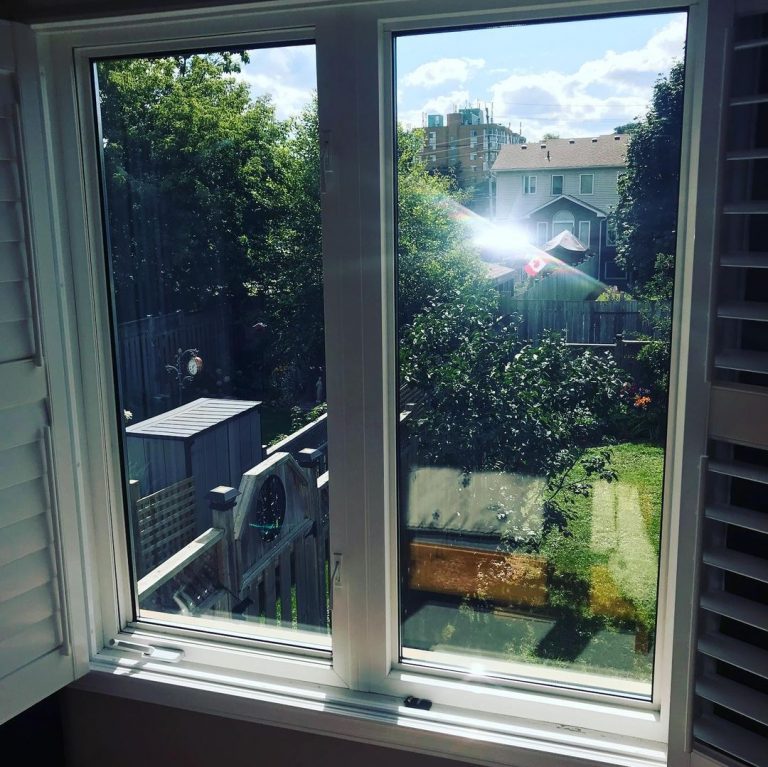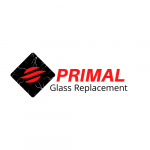Low-emissivity (Low-E) glass is an advanced type of glass designed to improve energy efficiency by controlling heat transfer and reducing UV and infrared light penetration. Whether you’re looking to lower energy bills or protect your interiors from harmful sunlight, Low-E glass is an excellent choice for modern homes and commercial buildings. This article explores the features, benefits, limitations, and common applications of Low-E glass to help you decide if it’s the right solution for your needs.
Low-E glass features a microscopically thin, transparent coating that reflects heat while allowing visible light to pass through. This coating is applied during the manufacturing process, creating a highly energy-efficient glass product.


Enhanced Energy Efficiency:
UV Protection:
Light Transmission:
Durability:
Energy Savings:
Improved Comfort:
Eco-Friendly:
Protects Interiors:
Higher Initial Cost:
Requires Proper Installation:
Limited Customization Options:
Not Always Necessary:
Low-E glass is a smart choice for anyone looking to improve energy efficiency, protect interiors, and enhance overall comfort. While the initial cost is higher than standard glass, the long-term savings and benefits often outweigh this expense, particularly in climates with significant temperature variations.
Ready to enhance your property with Low-E glass?
At Primal Glass Replacement, we offer premium Low-E glass solutions tailored to your needs. Whether you’re building a new home or upgrading existing windows, our team is here to provide expert guidance and professional installation.

